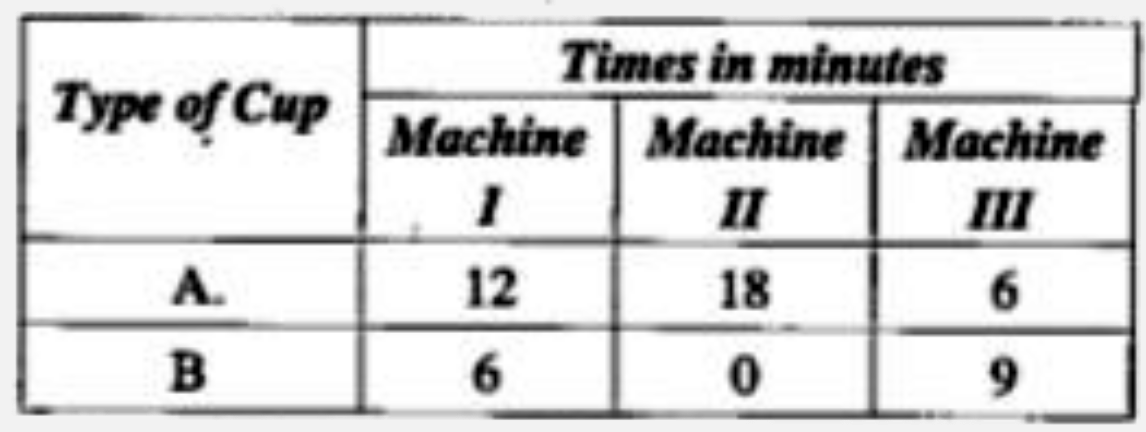Maximum starch is manufactured by
Spongy paranchyma
Palisade parencyma
Guard cells
Vascular tissue.
The correct Answer is:B
Step-by-Step Solution:
1. Understanding the Question: The question asks which type of tissue in plants manufactures the maximum starch.
2. Identifying the Options: The options provided are:
- A) Spongy parenchyma
- B) Palisade parenchyma
- C) Guard cells
- D) Vascular tissue
3. Analyzing Parenchyma Tissue:
- Parenchyma is a type of plant tissue found in various parts of the plant, including the mesophyll of leaves, pith and cortex of stems and roots, and floral parts.
- Parenchyma cells are known for their role in storage, including starch, sucrose, proteins, and water.
4. Evaluating Spongy Parenchyma:
- Spongy parenchyma is located in the mesophyll layer of leaves but contains fewer chloroplasts.
- Due to the lower number of chloroplasts, it has a reduced capacity for photosynthesis and, consequently, less starch production.
5. Evaluating Palisade Parenchyma:
- Palisade parenchyma is also found in the mesophyll layer of leaves but contains numerous chloroplasts.
- This high number of chloroplasts allows for significant glucose production through photosynthesis, which is then stored as starch in these cells.
6. Evaluating Guard Cells:
- Guard cells are specialized cells that form the stomata and primarily regulate gas exchange.
- They have fewer chloroplasts compared to palisade parenchyma, thus contributing less to starch production.
7. Evaluating Vascular Tissue:
- Vascular tissue, which includes xylem and phloem, is primarily responsible for the transport of water, nutrients, and food throughout the plant.
- It does not play a direct role in the manufacturing of starch.
8. Conclusion: Based on the analysis, the tissue that manufactures the maximum starch is B) Palisade parenchyma due to its high chloroplast content and ability to produce glucose, which is stored as starch.
Final Answer: The maximum starch is manufactured by B) Palisade parenchyma.
---
- A) Spongy parenchyma
- B) Palisade parenchyma
- C) Guard cells
- D) Vascular tissue
- Parenchyma is a type of plant tissue found in various parts of the plant, including the mesophyll of leaves, pith and cortex of stems and roots, and floral parts.
- Parenchyma cells are known for their role in storage, including starch, sucrose, proteins, and water.
- Spongy parenchyma is located in the mesophyll layer of leaves but contains fewer chloroplasts.
- Due to the lower number of chloroplasts, it has a reduced capacity for photosynthesis and, consequently, less starch production.
- Palisade parenchyma is also found in the mesophyll layer of leaves but contains numerous chloroplasts.
- This high number of chloroplasts allows for significant glucose production through photosynthesis, which is then stored as starch in these cells.
- Guard cells are specialized cells that form the stomata and primarily regulate gas exchange.
- They have fewer chloroplasts compared to palisade parenchyma, thus contributing less to starch production.
- Vascular tissue, which includes xylem and phloem, is primarily responsible for the transport of water, nutrients, and food throughout the plant.
- It does not play a direct role in the manufacturing of starch.
Topper's Solved these Questions
- PHOTOSYNTHESISBOOK - DINESH PUBLICATION ENGLISHCHAPTER - PHOTOSYNTHESISEXERCISE - CYG
10 Videos
- ORIGIN OF LIFE BOOK - DINESH PUBLICATION ENGLISHCHAPTER - ORIGIN OF LIFE EXERCISE - All Questions
201 Videos
- PHYLUM - ANNELIDABOOK - DINESH PUBLICATION ENGLISHCHAPTER - PHYLUM - ANNELIDAEXERCISE - Check your grasp
10 Videos
Similar Questions
Animal starch is
View SolutionFollowing is the pictograph of the number of wrist watches as manufactured by a factory, in a particular week

(i)On which day were least number of wrist watches manufactured?
(ii)On which day were maximum number of wrist watches manufactured?
(iii)Find out the appropriate number of wrist watches manufactured in this particular week?
View SolutionDahlia starch is used for
View SolutionA manufacturer manufactures two types of tea-cups, A and B. Three machines are needed for manufacturing the tea cups. The time in minutes required for manufacturing each cup on the machines is given below:

Each machine is available for a maximum of six hours per day. If the profit on each cup of type A is Rs 1.50and that'on each cup of type B is Rs 1.00, find the number of cups of each type that should be manufactured in a day to get maximumprofit.
View SolutionCaprolactam is used for the manufacture of :
View SolutionStarch is digested by
View SolutionCytoplasmic organelle that helps in the manufacture of starch.
View SolutionWhich of these options are not a function of ribosomes?
I. It helps in manufacture of protein molecules.
II. It helps in manufacture of enzymes.
III. In helps in manufacture of hormones.
IV. In helps in manufacture of starch molecules.
View SolutionWhen a tall plant with long sized starch grains (TTLL) is crossed with a dwarf plant with short starch grains (tl), the F, generation consists of tall plant with intermediate sized starch grains. What Would be the phenotypic ratio of tall plants and plants with long sized starch grains in F2 generation?
View SolutionThe questions below are related to the manufacture of ammonia.
Give the equation for the manufacture of ammonia.
View Solution
